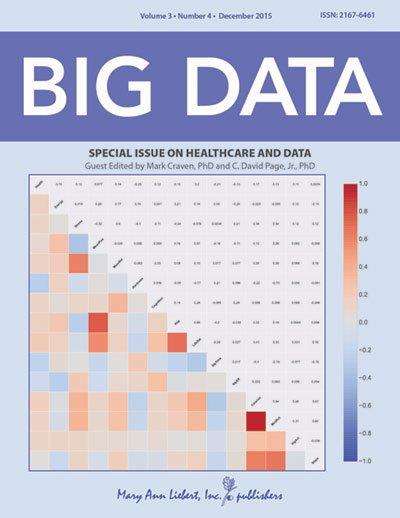Credit: Mary Ann Liebert, Inc., publishers
A new study has identified distinctions in patient diagnoses and different patterns of Emergency Department usage between individuals who are more or less likely to return to the ED for care within a 72-hour period. These results, based on statistical analysis of patient data from more than one million electronic healthcare records (EHR), are described in an article in Big Data.
In "Understanding Emergency Department 72-Hour Revisits Among Medicaid Patients Using Electronic Healthcare Records," James Ryan, James Hendler, and Kristin Bennett, Rensselaer Polytechnic Institute, Troy, NY, demonstrate the ability to build predictive models for risk of 72-hour ED readmission based on EHR data analysis. The researchers suggest that future use of EHR data to build even better predictive models could make it possible to identify patients at high risk of revisiting the ED and to develop interventions to improve care and minimize ED readmissions.
"This paper shows the impact resulting from the intelligent use of big data for reducing readmissions to emergency departments," says Big Data Editor-in-Chief Vasant Dhar, Professor at the Stern School of Business, New York University. "The authors identify the factors associated with high risk of readmission such as psychiatric and substance abuse and combine them into a model that results in actionable models for decision makers. This type of research will be very useful to healthcare providers as they attempt to align themselves with the requirements of the Affordable Care Act."
More information: James Ryan et al. Understanding Emergency Department 72-Hour Revisits Among Medicaid Patients Using Electronic Healthcare Records, Big Data (2015). DOI: 10.1089/big.2015.0038
Provided by Mary Ann Liebert, Inc






















